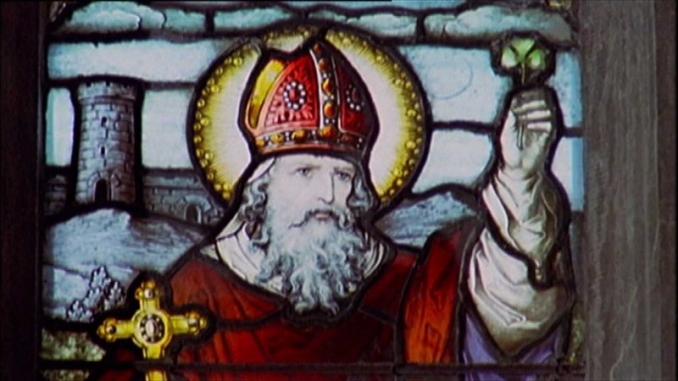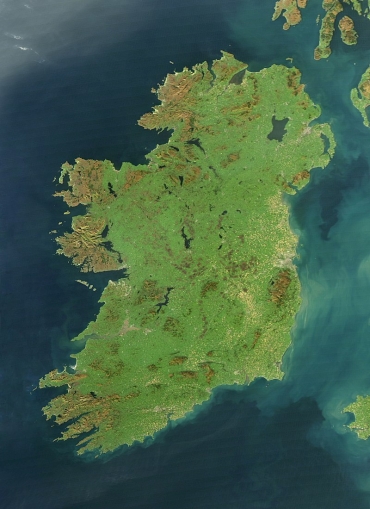St Patrick's Day celebrated in Ireland and in many places around the world
Saint Patrick is the primary patron saint of Ireland and Saint Patrick's Day was oberved yesterday 17 March, which is said to be the date of his death. Celebrated inside and outside Ireland as a religious and cultural holiday, it is also a celebration of Ireland and all things Irish. Patrick was a 5th Century missionary, who came from Roman Britain and first arrived in Ireland as a slave. Patrick tells us he came from an area called Bannevam Taburniae. The people of the village of Banwen in the south of Wales, point to the name of their village being derived from Bannevam Taburniae and which was originally a Roman settlement.
There are two Latin works that survive and are believed as having been written by St. Patrick and give the only generally accepted details of his life. They are the Declaration (Latin: Confessio) and the Letter to the soldiers of Coroticus (Latin: Epistola). It is the Confessio which is the more biographical and in which Patrick gives a short account of his life and his mission. Other details of his life come from later writings and annals. He is widely regarded as the founder of Christianity in Ireland, although there is evidence of some earlier Christian presence in Ireland. St Patrick's Day is a day to acknowledge the religious work of Patrick, but also by the people of Ireland and those of Irish descent around the world as a celebration of Ireland. Not forgetting, of course, those in the little Welsh village of Banwen, who yesterday celebrated in the place of his birth.







